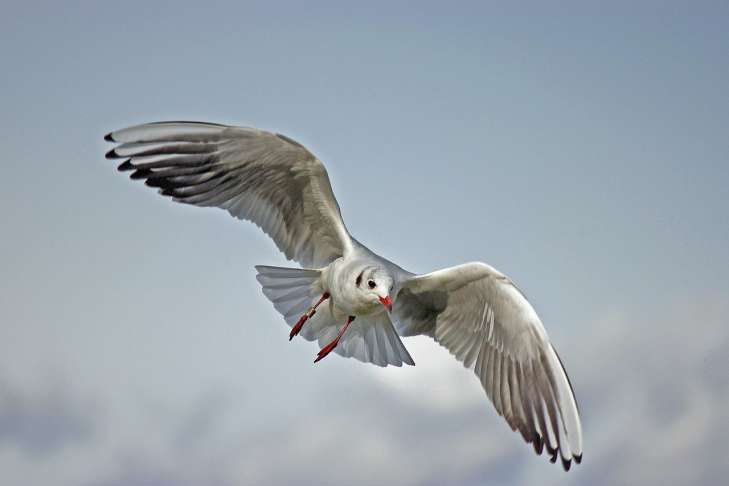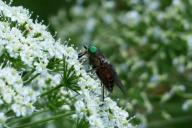Life expectancy According to banding data, large gulls in nature can live up to 40-50 years.
What is the use of seagulls
They feed on fish, marine and freshwater invertebrates, carrion and fishing waste; some seagulls, flying into the fields, catch rodents and insects, which is very useful; others cause great harm by destroying fish or destroying nests and chicks of game birds, such as eiders and other ducks.
How seagulls sleep
Closing their eyes and placing their head with a hooked nose on their chest, they sway on the light waves, looking through their slumber at their companions.
And, making sure that everything is in order and everyone around is sleeping, they continue sleepily swinging on the soft water.
Why do seagulls fly to the city
Seagulls usually settle on the ledges of houses, since these places are most similar to rock ledges, and the birds fly to other areas to feed. Birds can find a lot of food in landfills and near restaurants.

Thanks to these factors, seagulls feel better in cities than in captivity.
Urban herring gulls are guided by people's preferences when choosing food.
Ornithologists came to this conclusion after analyzing the results of field experiments with these birds.
How seagulls see the world
Nocturnal birds have a worse ability to distinguish colors, but they see perfectly in low light.
Terns, gulls and albatrosses have excellent distance vision even in fog due to the red or yellow oily flecks in their eyes.
Birds also see magnetic fields and can accurately determine the direction on their way to warm countries.
Previously, we told interesting facts about starfish.









